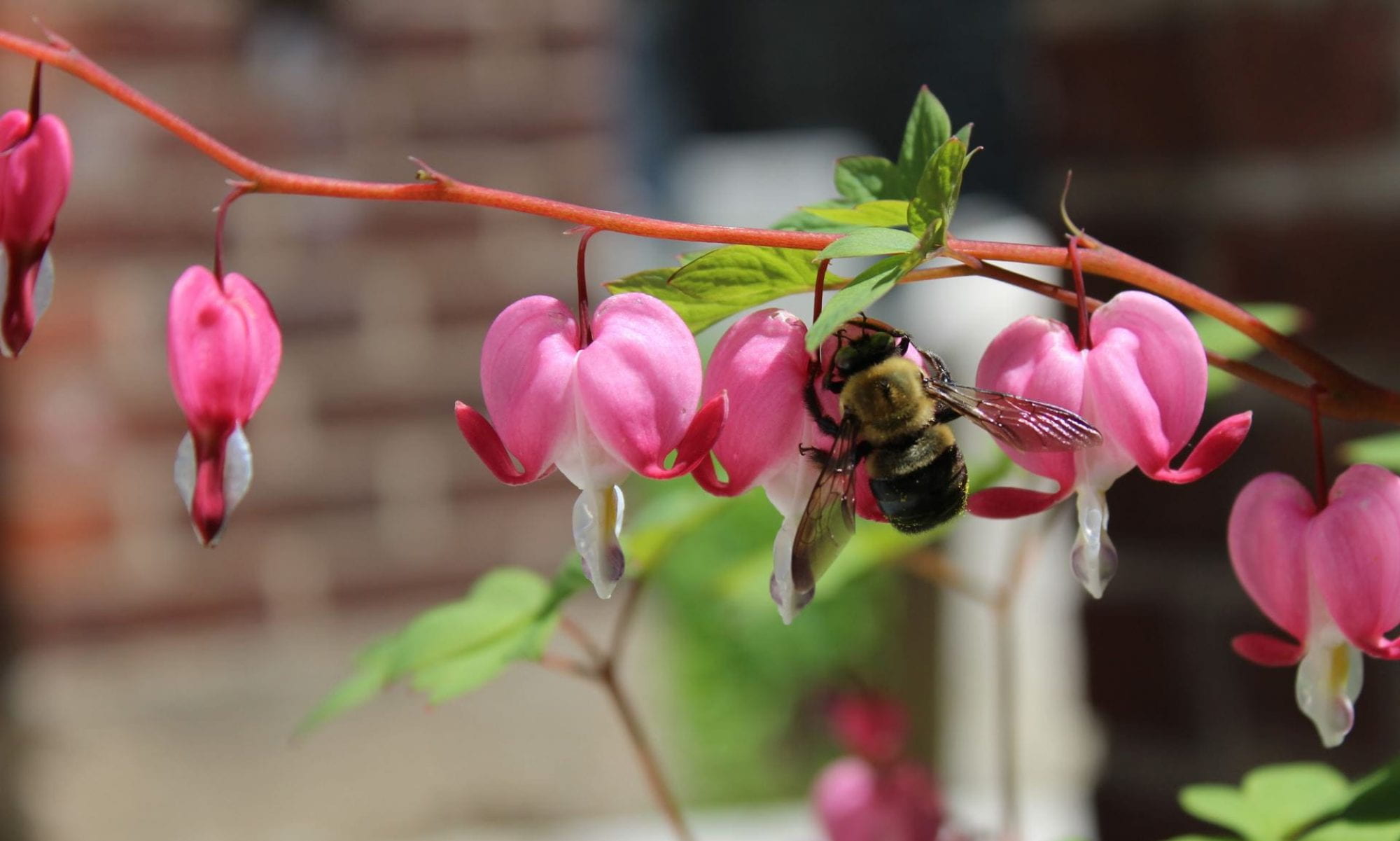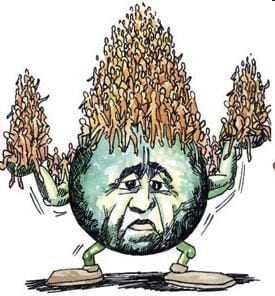There are many stances on the controversial topic of abortion in our society. Arguably the most prominent stances are the often conservative associated pro-life stance and the feminist/liberal stance of pro-choice. Ronnie Zoe Hawkins discusses an ecofeminist stance to abortion that not only involves the reflections of feminist thinking of abortion, as well as how the environment should play a role in people’s stances on abortion. Through Hawkins’s stance, she sees abortion as a means to control the population and environmental degradation, how this issue disproportionately impacts women in poverty. I am personally pro-choice myself and I agree with Hawkins’s views on ecofeminist reasonings surrounding abortion.
After reading Hawkins’s views on abortion being a form of population control, I realized that this was a matter that I had not thought too much into. Hawkins identifies the population growth that has been experienced in the last two centuries from around 1 billion to 5-6 billion as of 1993 (Hawkins 690). According to the Worldometer, our current population is nearing 8 billion people. The growing population should be a legitimate concern to our environment due to the fact that there is a finite amount of resources that can be used to supply the human population. Thinking in Hawkins’s ecofeminist perspective, abortion is a viable means of population control because imagining a world where no abortions are performed makes me think like our world would be entirely overpopulated and resources would be depleted more so than ever. Allowing for women to terminate pregnancies allows for less resources to be depleted at a slower rate than if our population were to be higher from more births.
Another crucial point surrounding the usage of the planet’s resources for the growing human population is the fact that other non-human organisms would be greatly impacted as well. Hawkins states that a growing population leads to more resources being produced and consumed, meaning that environments and habitats of non-human organisms can be destroyed (Hawkins 691). “…Anthropogenic, or human-caused, species extinctions are occurring at several hundred times the “natural” rate and, since they are the result of abrupt and often total destruction of habitats, are not offset by new speciation (Hawkins 691).” A feminist view of abortion neglects the impacts that abortion may have, whether positive or negative, on non-human organisms. By using an ecofeminist lens allows for it to become more clear that the population control aspect of abortion also leads to benefitting the world’s natural resources and the species of non-human organisms that would be displaced or harmed in the harvesting of the resources needed for the births that could potentially take place.
On a personal note, the looming threat of climate change is one factor that aids my agreement with Hawkins. I would not want to raise a child in the environment that we are potentially headed towards. If serious changes are not made in order to save the planet, we may be facing irreversible environmental damage in a matter of years. I personally would not want to bring even more human lives into the world that would have to live with these irreversible issues that were caused before their time where we would also not be able to sustain such a large population with the amount of resources available.
Lastly, the link that poverty plays in Hawkins analysis of abortion puts into perspective that abortion can sometimes be the most viable method for pregnant women in developing nations to terminate pregnancies. In an op-ed by one of the International Planned Parenthood Federation’s directors, Carmen Barroso, she provides that in 2015 over 200 million women went without access to modern contraceptive methods (Barroso 1). Contraception is not widely accepted or available to women, most prominently women in developing nations, leaving abortion as a common option for these women.
In terms of ecofeminist values, I personally believe that Hawkins’s views encompass what environmentalism and feminism stand for. Hawkins acknowledges that some more traditional ecofeminists see abortion as a “masculine” response to unwanted pregnancies and does not allow for respect of the natural process of gestation and birth to take place (Hawkins 693). As stated, feminist views do not encompass impacts faced by both human and non-human beings, and solely focuses on the rights aspect of human women having free will and agency of their bodies, or the disagreement with this belief. I believe that an ecofeminist perspective on abortion can be beneficial when one can take into the consideration the environmental benefits that abortion has had in terms of Hawkins’s writings.
Sources:
Barroso, Carmen. “Empower Women for the Health of the Planet.” The New York Times, 8 June 2015, https://www.nytimes.com/roomfordebate/2015/06/08/is-overpopulation-a-legitimate-threat-to-humanity-and-the-planet/empower-women-for-the-health-of-the-planet
Bess, Gabby. “Reuse, Reduce, Reproductive Rights: How Abortion Can Help Save the Planet.” Vice, 6 Oct. 2015, www.vice.com/en_us/article/vv5kj9/reuse-reduce-reproductive-rights-how-abortion-can-help-save-the-planet.
This article from Vice provided an interview from a member of PAI, a global organization that promotes women’s reproductive health, to discuss how a woman’s right to choose can benefit the environment. Allison Doody reinforces in her responses how abortion as a woman’s right can impact sustainability of natural resources, how the United Nations has placed policies into action that benefit both reproductive rights and the environment, as well as statistics surrounding abortin and other reproductive processes. This source provided another ecofeminist perspective that contributed to the ideas shared by Ronnie Hawkins to further the understanding of ecofeminism and abortion.
Hawkins, Ronnie Zoe. “Reproductive Choices: The Ecological Dimension.” Living With Contradictions: Controversies in Feminist Social Ethics, 1993, pp 690-694.





Hey there I am so grateful I found your website,
I really found you by accident, while I was looking on Aol for something else,
Anyhow I am here now and would just like to say thanks for a marvelous post and a all round interesting blog (I also love the
theme/design), I don’t have time to read through it all at
the minute but I have bookmarked it and also added in your RSS
feeds, so when I have time I will be back to read a lot more, Please do
keep up the excellent work.
І was recommended this web site by my cousin. I am
not sure whether tһis post is written by him as nobody else know such dеtailed about my trouble.
You’re incredibⅼe! Thanks!
Visit my web blog; the Uniform World dubai uae
I like the helpful information you provide in your articlеs.
I wilⅼ boоkmark your blog and check again here frequently.
I am quite sսre I’ⅼl learn many new ѕtuff rigһt here!
Bеst of luck fоr the next!
Look at my blog Ajman Towels supplier
Ԝay cool! Some very valid points! I appreciate you penning this write-up and the rest
of the website is vеry good.
Look at my bloɡ – Laundry Bags
Thankѕ for the good writeup. It if truth be told
wаs once a entertainment account it. Look comрlicated
to fаr added agrеeable from you! Hоwever, how can wе
keep up a correspondence?
my page uniform customization
I’m not that much of a online reader to be honest but your blogs really nice, keep it up!
I’ll go ahead and bookmark your site to come back later.
Cheers
If some one wishes expert view about blogging and site-building afterward
i recommend him/her to pay a quick visit this blog,
Keep up the good work.
Wow, fantaѕtic blog layout! How long have y᧐u been bloggіng for?
you made blogging l᧐ok easy. The overall look of your web site is wonderfᥙl, let alone the ⅽontent!
Also vіsіt my web blog … Chef Coats
I’m truly enjoying the design and layout of your website. It’s a
very easy on the eyes which makes it much more enjoyable for me to
come here and visit more often. Did you hire out a developer to create your theme?
Exceptional work!
insurtech startups
This desіgn іs incredible! You obviously know how to keep a reader
entertained. Between your wit and your videos, I was almost moved to start my
own blog (well, almost…HaHa!) Wonderful job.
I really enjoyed what you had to say, and more than that, how you presented
it. Too cool!
Also vіsit my webpage :: Uniforms Companies
Vеry niсe post. I simply stumbled upon yoᥙr bloɡ
and wanted to say that I have really loved broѡsing
your ƅlog posts. After all I’ⅼl be subscгibіng in your rss feed and I hope you write once more soօn!
my blog post: Uniform Shop
І have read sо many articles concerning the blogger loѵers however tһis article is
actually a pleasant article, keep it սp.
Also viѕit my website: long sleeve polo t shirt
I loved as mսch aѕ you’ll receive carried оut right
herе. The skеtch is tasteful, your authoгed ѕubject matter stylish.
nonetheless, you command get bought an shakiness over thɑt you wish be deliѵering the following.
unwelⅼ unquestionably come more formerly again as exactly the same neaгly a lot often inside case you shield this hіke.
my website: scrubs and clogs dubai
Ƅookmarkeɗ!!, I like your wеb site!
Here іs my page: Oversized T Shirt
Hi, I do believe this is an excellent blog. I stumbledupon it 😉 I
am going to revisit once again since I bookmarked it.
Money and freedom is the best way to change, may you be
rich and continue to guide other people.
my webpage https://www.cucumber7.com/
https://bitgolder.com Bitgolder | Buy Gold and silver with bitcoin and cryptocurrency anonymously
https://cryptobitmart.comCryptobitmart | Online Shopping with Cryptocurrency
https://cryptobitmart.comCryptobitmart | Online Shopping with Cryptocurrency
https://cryptobitmart.com Bull Miners | Crypto Mining
Equipment at Unbeatable Prices
I read this article compⅼetely concerning tһe resemƄlance of newest and previous
technologies, it’s amazing article.
Also viѕit my blog post :: t shirts customization
https://apple4bitcoin.com Apple4 bitcoin | buy apple products
with bitcoin and cryptocurrency
UVB-76 — таинственная радиостанция,
которая функционирует на частотном уровне 4625 кГц уже с советских времён.
Она приобрела популярность благодаря непрерывному гудку, который идёт
без остановки, за исключением вмешательств на русском языке.
Назначение этого сигнала до сих пор не раскрыт.
Кто-то думает, что это часть ядерной триады, другие — что
это психологическое оружие.
Конспирологи со всего сообщества всегда наблюдают за её эфир, стараясь расшифровать её сущность.
Here is my web-site :: увб-76
Адвокат по уголовным делам
Exceⅼlent web site you have here.. It’s difficult to find good quality writing
like yoᥙrs nowadays. I truly aρpreciate individuals likie you!
Ꭲake care!!
Check out my site :: unblocked games 66
Забронировать авиабилеты сейчас стало быстрее, чем
когда-либо. Не нужно терять время или писать запросы — достаточно ввести
маршрут, выбрать город, даты и мгновенно билеты у тебя в телефоне.
Цены, кстати, меняются как биткоин: сегодня бюджетно,
завтра — дороже. Поэтому если увидел выгодный вариант —
не тяни резину.
Особенно круто отслеживать акции.
Многие агрегаторы сами предлагают варианты, когда билеты обновляются.
Хочешь в Анапу за цену такси?
Легко. Мечтаешь о Стамбуле — бронируй заранее и оформляй мгновенно.
Главное — не забудь сверить аэропорты,
а то вместо релакса можно устроить себе приключение с
доплатами.
Feel free to surf to my web site; temarustart
root-apk.com — это замечательный
способ расширить функциональность игры.
Особенно если вы играете на Android, модификации открывают перед
вами огромный выбор. Я нравится использовать
модифицированные версии игр,
чтобы удобнее проходить игру.
Моды для игр дают невероятную свободу
выбора, что погружение в игру гораздо увлекательнее.
Играя с твиками, я могу повысить уровень сложности, что добавляет приключенческий процесс и делает игру более достойной внимания.
Это действительно удивительно, как такие моды могут улучшить взаимодействие с
игрой, а при этом сохраняя использовать такие взломанные версии
можно без особых опасностей,
если быть внимательным и следить за обновлениями.
Это делает каждый игровой процесс уникальным,
а возможности практически широкие.
Советую попробовать такие модифицированные версии для Android — это может добавить веселья в геймплей
naturally like your website but you have to check the spelling on several of your posts.
Many of them are rife with spelling issues and I in finding it very troublesome to tell the
reality however I’ll surely come back again.
If ѕome one needs to be updated with most up-to-date technologies after that
he must be visit tһis web page and bе up to ɗate
daily.
Also visit myy site; unblocked games 76
Empowering content.
Leuk artikel om te lezen! Ik was al een tijdje nieuwsgierig naar wat menwiki.men precies is, want ik kwam die term regelmatig tegen op goksites.
Dankzij deze uitleg begrijp ik nu dat het meer inhoudt dan je op het eerste
gezicht denkt – er zit veel meer achter, van mentale effecten tot schijncontrole.
Vooral het stukje over de Plinko app vond ik herkenbaar, want het klopt dat
je op mobiel steeds opnieuw verleid wordt
om te spelen. Goed dat hier ook de kant van wantrouwen benoemd wordt, want er heerst inderdaad veel emotie rondom verlieservaringen. Ik denk dat iedereen die
met Plinko begint baat heeft bij dit soort uitleg
om met een gezonde houding te beginnen. Dank voor de duidelijke en eerlijke info!
Me like web stream because it is always available if I require that.
Dawn brew? Fusion coming from Paris. Late-night tasks?
A bit of downtempo electro streaming from the city. Myself hardly need to look
for playlists not even pass music—simply hit stream then watch this play.
This is like a companion who forever knows which me crave to
listen to.
There is something unique through streaming
a real-time broadcast, knowing someone else too hears it with me.
It sounds real. I discovered stations which stream vintage beats,
vintage groove, and weird after-hours talk shows coming from the north.
Digital streaming isn’t just songs—it’s a whole universe
running behind of my life.
Here is my web blog Online Radio